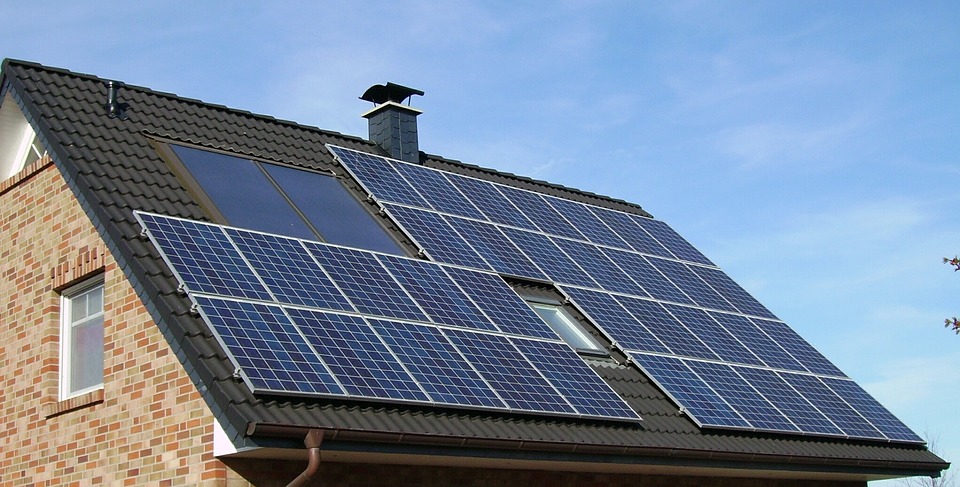
21 Aug Which is Better for You: Off-Grid or On-Grid Solar Power?
A home solar panel system could be installed either as a stand-alone system or a grid-connected system. They are also referred to as an off-grid system or on-grid system.
On-Grid Solar Systems
A grid-connected or on-grid system is a solar panel system that works with or is connected with the utility grid. When your solar panel produces less electricity than what your home requires, the rest is supplied by the power grid. On the other hand, when your solar panel system produces more than what your home needs, the excess electricity is fed back to the grid for distribution to other electrical consumers. If your home’s solar panel system generates 15 amps but your home consumes 20 amps of electricity, the grid will supply the balance of 5 amps. If your home consumes 15 amps of electricity but your solar panel system produces 20 amps, you will feed back 5 amps to the power grid.
At night, when your solar system does not produce as much electricity, your home draws electricity from the grid. In some states, Utah included, the power grid will give you credit for the electricity your panels provide, with such credit applied to your electricity consumption at night.
Off-Grid Solar Systems
A stand-alone or off-grid solar system is not connected to the grid but uses a storage battery to store the electricity generated. Your solar panel system will produce more electricity during the day than what your home could consume. The excess electricity is used to charge a storage battery from where you draw your power at night when the solar panel system is producing very little electricity.
The stand-alone solar panel system is mostly used in rural areas where there is no access to the power grid. One drawback of the stand-alone or off-grid solar system is the cost; it is more expensive to install this type of system because batteries are so pricey.
The grid-connected or on-grid solar system is the more popular choice among homeowners because of the lower installation cost and the assurance that they will not run out of electricity in the event that the solar panels produce less electricity.



